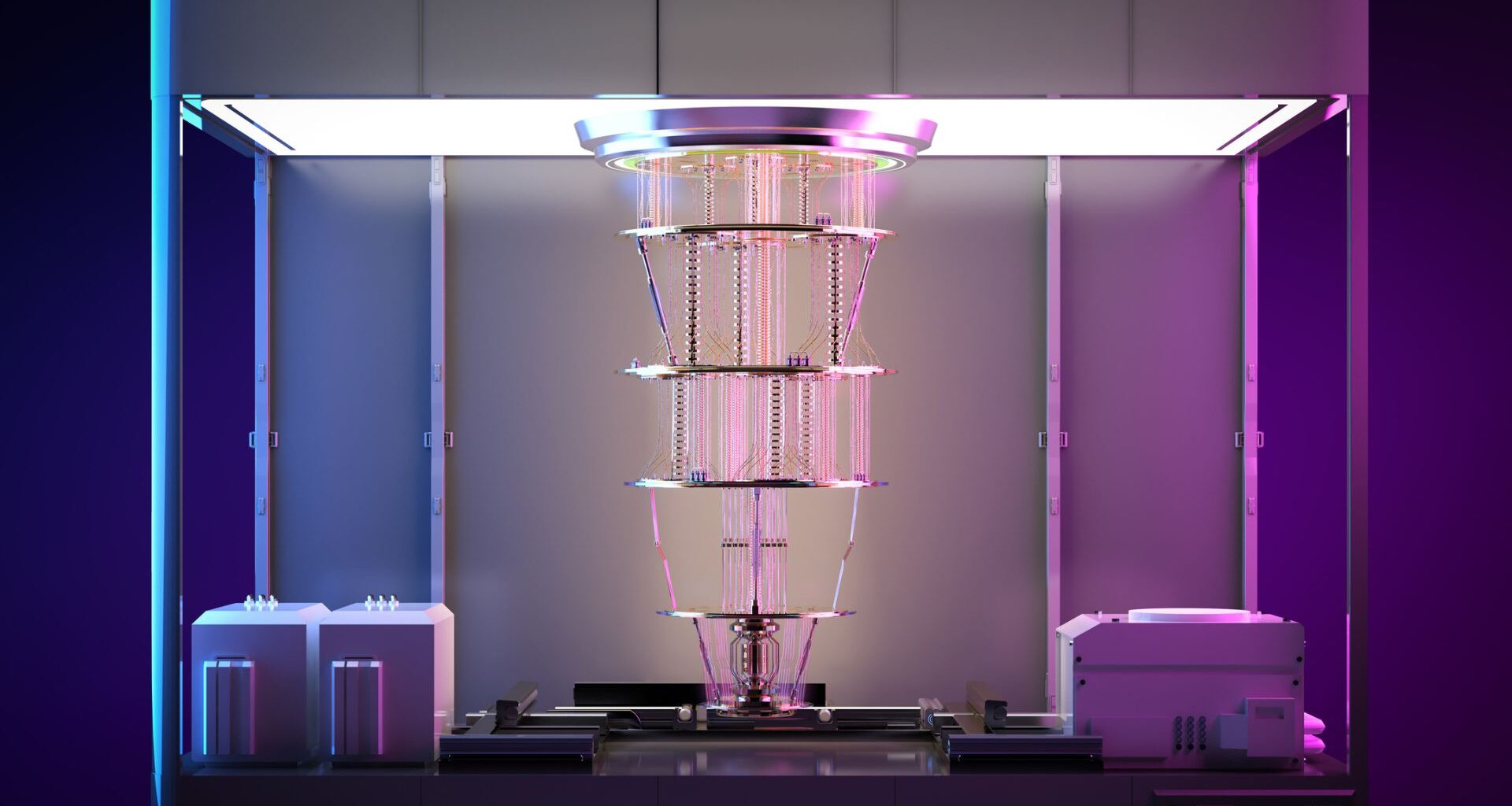Scientists have replicated a forgotten but crucial experiment that took place in 1938. The first-ever triton-deuterium (colloquially referred to as DT) fusion experiment that was accidentally performed by University of Michigan physicist A. J. Ruhlig has now been recreated by a Los Alamos collaboration.
The decades-old experiment likely planted the seed for a physics process that informs national security work and nuclear energy research to this day.
Modern neutron detection methods used
Scientists pointed out that Ruhlig overestimated the ratio of the triton-deuterium over deuteron-deuterium neutron yields in his secondary reaction (reaction-in-flight) experiment compared to modern theoretical calculations and “our duplication of his experiment using modern neutron detection methods.”
“As we’ve uncovered, Ruhlig’s contribution was to hypothesize that DT fusion happens with very high probability when deuterium and tritium are brought sufficiently close together,” said Mark Chadwick, associate Laboratory director for Science, Computation and Theory at Los Alamos.
“Replicating his experiment helped us interpret his work and better understand his role, and what proved to be his essentially correct conclusions. The course of nuclear fuel physics has borne out the profound consequences of Arthur Ruhlig’s clever insight.”
Novel approach for checking on low-energy triton stopping powers
Scientists underlined that the experimental technique used in the present work provides a novel approach for checking on low-energy triton stopping powers in deuterium-containing compounds.
The DT fusion reaction is central to enabling fusion technologies, whether as part of the nation’s nuclear deterrence capabilities or in ongoing efforts to develop fusion for civilian energy. For instance, the deuterium-tritium reaction is at the center of efforts at the National Ignition Facility to harness fusion. Los Alamos physicists developed a theory about where the idea came from — Ruhlig — and then built an experiment that would confirm the importance and accuracy of Ruhlig’s suggestion, according to a press release.
“Regardless of the inconsistency of Ruhlig’s rate of fusion against our modern understanding, our replication leaves no doubt that he was at least qualitatively correct when he said that DT fusion was ‘exceedingly probable,” Chadwick said.
“Ruhlig’s accidental observation of DT fusion, together with subsequent Manhattan Project cross-section measurements, contributed to the peaceful application of DT fusion in tokamaks focused on energy projects and in inertial confinement fusion experiments like NIF. I think we’re all proud to lift Arthur Ruhlig up again out of history as an important contributor to ongoing, vital research.”
Modern experiment observed secondary DT reactions
Scientists confirmed that the modern experiment did observe secondary DT reactions, although it also suggests that Ruhlig overestimated the ratio at which he was seeing excess neutron production, the products of fusion; the researchers detected a much smaller ratio.
As Ruhlig’s 1938 letter describing the experiment provides only sparse details of how he arrived at his determination, it is ultimately difficult to decisively gauge the Michigan physicist’s accuracy against the modern results. The team’s calculated value using modern methods did agree with the measured value gleaned from the replicated experiment, as per the release.
Scientists also highlighted that the measurements derived from the experimental techniques employed by Ruhlig and re-tested by the Los Alamos and Triangle Universities Nuclear Laboratory researchers can be applied to active fusion efforts, such as at NIF.
